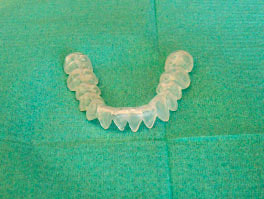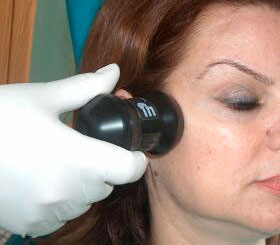Research Article
Glucosaminoglycan Phonophoresis of the TMJ in the Symptomatic Treatment of Internal Derangement
Department of Oral Surgery, School of Dentistry, Aristotle University of Thessalonika, Greece
Nikomacheia Chiotaki
Private Practice, School of Dentistry, Aristotle University of Thessalonika, Greece
George Kafas
University Hospitals of Morecambe Bay, NHS Trust, United Kingdom










